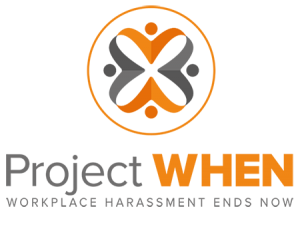A case study on workplace analytics & office hoteling in a healthcare technology company Data analytics to validate office utilization and inform a workplace strategy With a bustling corporate campus and no room to accommodate for headcount growth, athenahealth recognized the importance Read More
Transition to the Smarter Workplace: A case study on workplace strategies in the food and beverages industry Fulfilling the need for space optimization Space availability was at an all-time low at Nestlé’s Solon, Ohio campus as the number of employees expanded significantly. Read More
Nike, Inc.’s Workplace Design + Connectivity team was in the process of implementing “Nike Freestyle,” an activity-based work strategy, at its Beaverton headquarters, and sought expert insights and perspective on their approach. Stegmeier Consulting Group (SCG) was engaged by Nike to serve Read More
Testing a New Workplace Strategy & Gathering Employee Feedback: A case study on workplace evolution in the insurance industry How Northwestern Mutual evaluated the effectiveness of their new workplace strategy ahead of a massive corporate real estate project For companies embarking on Read More
Monumental Makeover: A case study on office transformation in the power and utilities industry The need for office enhancements and workforce preparedness for change Indianapolis Power & Light engaged RATIO Architects and Stegmeier Consulting Group (SCG) as their partners in the development Read More
Senior leadership in the Bay Area wants to see how it can attract workers and keep them. The communication loop actually gets around to all stakeholders. So employees are not merely just going to work, but are entering into an intentional reality Read More
SCG’s Kristen Reed & Matthew Stegmeier authored a piece for Facility Executive’s February 2017 edition, covering the results of our State of the Open Office Research Study and offering some practical tips for the many scenarios today’s facilities and corporate real estate Read More
SCG’s Sarah Mravec and Diane Stegmeier authored a piece for IFMA’s FMJ magazine’s January/February 2017 edition, covering the results of our State of the Open Office Research Study and offering some practical tips for the many scenarios today’s facilities and corporate real Read More
SCG is pleased to announce that Diane Stegmeier is authoring a chapter for an upcoming book, The Wiley Handbook of Design & Innovation: Trends, Scenarios and Recommendations for 2030 and Beyond, which will analyze the economic, political and resource challenges society will Read More
Stegmeier Consulting Group has long been a supporter of 1 Million for Work Flexibility, an advocacy group that promotes the benefits of flex work. 1 Million for Work Flexibility (1MFWF) encourages organizations to offer flexible working to their employees, which in turn Read More








